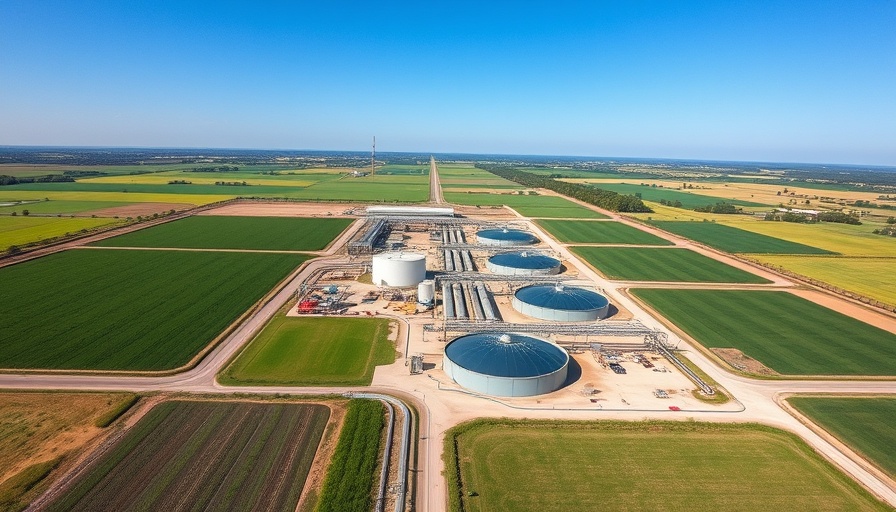
Enhancing Infrastructure: The Texas Legislative Response
In a significant move towards fortifying the essential services that underpin daily life in Texas, the state’s House has recently approved a set of bills aimed at strengthening both the electric grid and water infrastructure. This legislative decision comes on the heels of mounting concerns regarding the reliability of these critical systems, especially in light of past crises like the devastating winter storm of February 2021, which highlighted vulnerabilities across the state's infrastructure.
Why Does This Matter? Social Connections and Community Impact
Understanding the implications of these legislative measures is crucial for Texas residents. The state has faced droughts, floods, and power outages that directly impact daily life. Ensuring that the electric and water systems can withstand extreme conditions has far-reaching consequences for residents across urban and rural landscapes. Public infrastructure serves not only as the backbone for economic stability but also strengthens the community’s resilience against environmental changes.
A Look Back: The Historical Context of Texas Infrastructure
Historically, Texas has been proactive in infrastructure development, but rapid population growth and climate irregularities have exposed cracks in this once-sturdy foundation. This legislative push signifies a renewed focus on prioritizing infrastructural resilience, setting a crucial example for other states. Such developments might inspire similar proactive measures aimed at infrastructure problems in other regions facing environmental challenges.
Future Insights: Predictions for Texas' Infrastructure Evolution
With these bills passed, experts anticipate a gradual yet steady improvement in Texas' infrastructure. Legislative action could pave the way for enhanced technologies in both water management and energy distribution, potentially leading to sustainable practices that can support future generations. Investing in smart technologies may also alleviate stress on systems, thereby reducing the risk of failures. Communities with robust infrastructure can navigate emergencies more effectively, lowering the toll on human lives and public resources.
Counterarguments: Balancing Investment and Public Benefits
Despite the optimism surrounding these initiatives, some critics argue that the cost of implementing these changes could strain state budgets and lead to increased taxes. It is crucial to assess both sides of the argument: while the upfront costs are significant, the long-term benefits—including a reliable power supply and clean water—could outweigh initial expenses. As the debate continues, clarity on funding sources and budget allocations will be essential in ensuring public support.
Call for Community Involvement: What You Can Do
As the Texas House continues to discuss and refine these bills, residents are encouraged to remain informed and involved. Understanding local regulations and infrastructure needs can empower communities to advocate for effective policies. Attending town halls or joining local advocacy groups can amplify voices and ensure that community needs are recognized in legislative discussions.
Conclusion: Paving the Way Forward
In conclusion, the Texas House's recent legislative approvals represent a critical step toward reinforcing the necessary infrastructure that binds communities and fosters economic growth. The interaction between effective policies and citizen engagement is vital in shaping a resilient future. As local news in Dallas and Frisco continues to cover this story, residents should stay informed and involved, ensuring that their voices contribute to a stronger, safer Texas.
 Add Element
Add Element  Add Row
Add Row 



 Add Row
Add Row  Add
Add 


Write A Comment